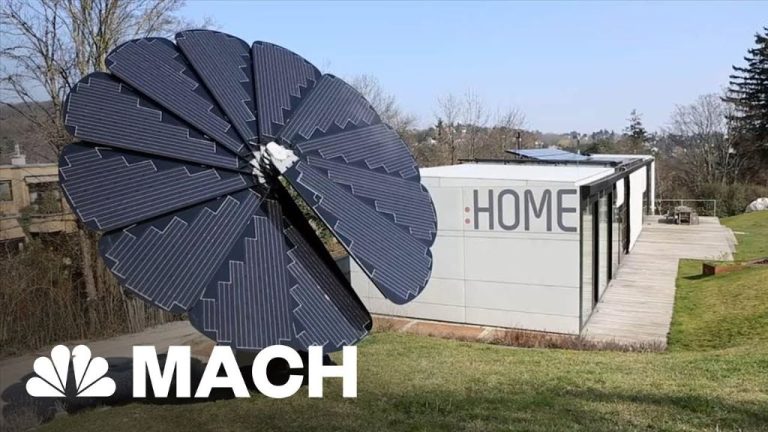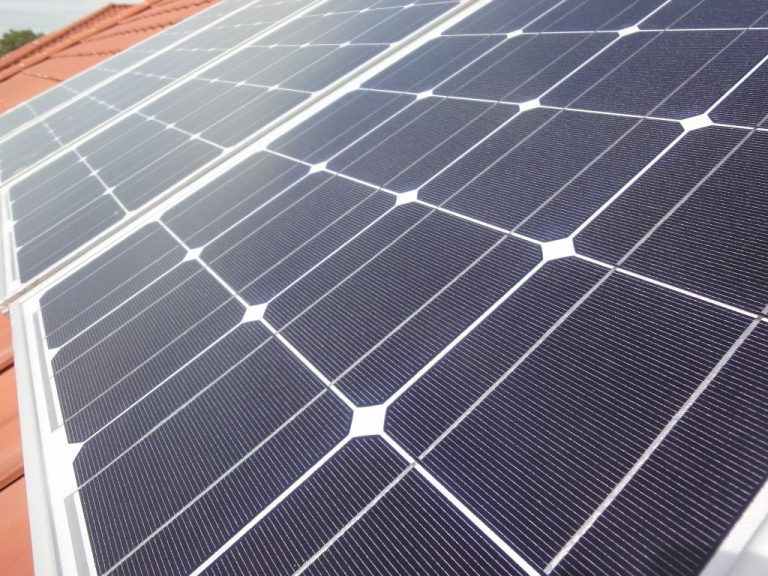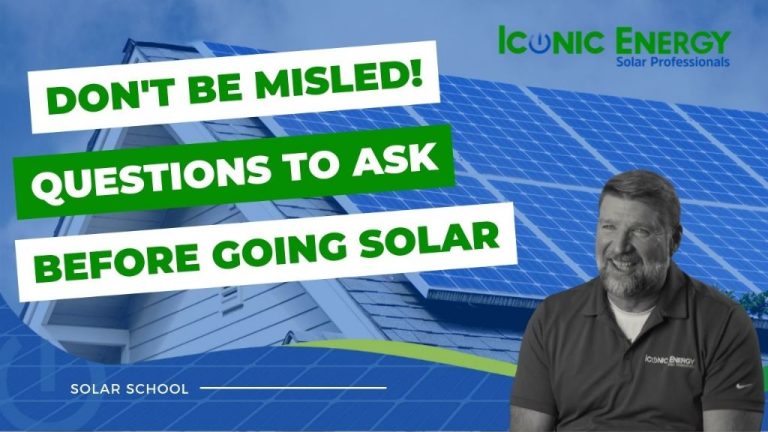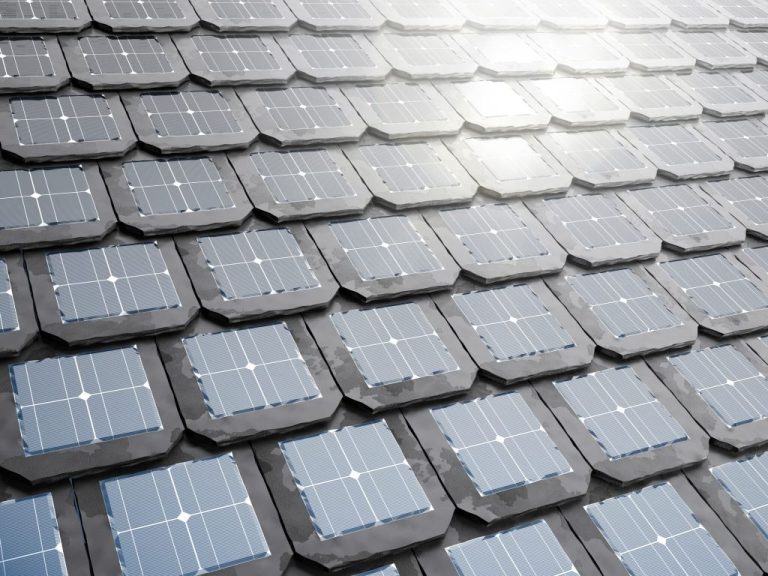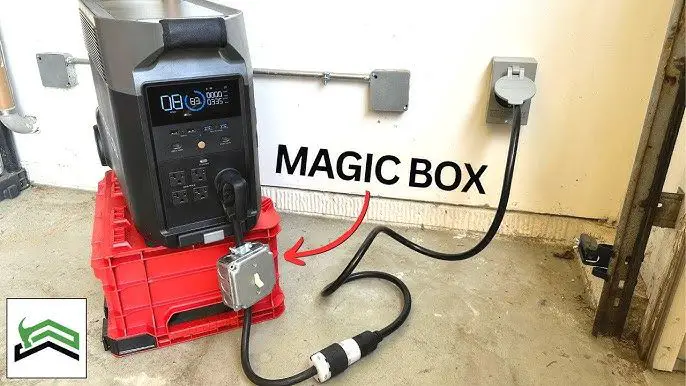How Can The Sun Be Used To Generate Energy?
Solar energy is the radiant light and heat from the sun that is harnessed using a range of ever-evolving technologies such as solar heating, photovoltaic panels, concentrated solar power plants, and artificial photosynthesis. With concerns about climate change and finite fossil fuel supplies, solar power offers a renewable and sustainable alternative to meet the world’s energy needs.
The amount of solar energy that reaches the Earth’s surface in one hour could meet the world’s energy demands for an entire year. Better utilizing this free, abundant resource can reduce reliance on coal, oil, and natural gas – fossil fuels that contribute to greenhouse gas emissions. Solar energy systems have seen tremendous growth and innovation in recent years as both large-scale and distributed solutions help decarbonize the energy sector while increasing energy access and resilience.
This article provides an overview of the main methods for converting the sun’s energy into useful forms of power and heat. We’ll explore how photovoltaic panels generate electricity, systems for concentrating solar thermal energy, techniques to harness solar energy for heating and cooling, promising research on solar fuels, and novel approaches like floating solar farms and space-based solar power generation.
Photovoltaics
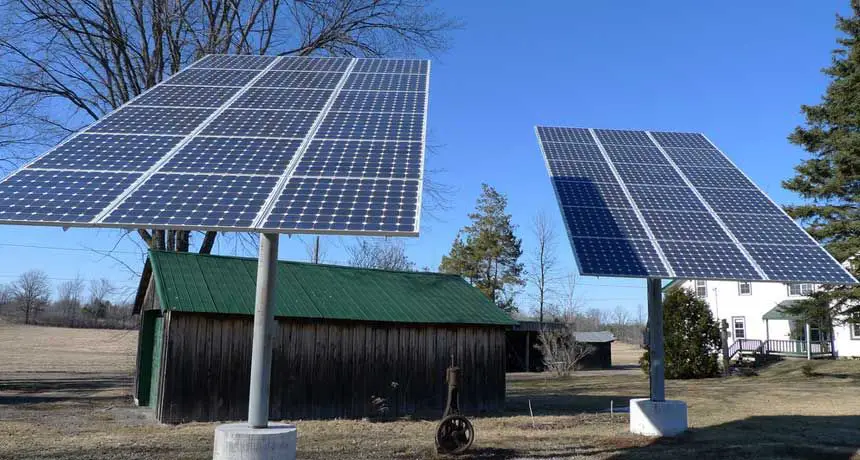
Photovoltaic (PV) cells are devices that convert sunlight directly into electricity using the photovoltaic effect. When sunlight hits the PV cell, photons are absorbed by the semiconductor material, causing electrons to break free from their atoms. This flow of electrons produces an electric current that can be captured and used as electricity.
Silicon is the most common material used in PV cells, though other semiconductors like cadmium telluride and copper indium gallium selenide are also used. The efficiency of a PV cell is a measure of how much sunlight energy is converted into electrical energy. Typical silicon solar cells have efficiencies around 15-20%, while multi-junction cells made of multiple semiconductor layers can achieve over 40% efficiency.
PV cells are commonly used in solar panels that can be installed on rooftops or ground mounts to generate electricity. Individual cells can also be used in smaller applications like solar-powered calculators. As PV technology continues to improve and costs decrease, solar electricity is becoming more widespread as a renewable energy source.
Concentrated Solar Power
Concentrated solar power (CSP) systems generate solar power by using mirrors or lenses to concentrate the sun’s energy to drive a steam turbine connected to an electrical generator. There are several CSP technologies that concentrate the sun’s thermal energy in different ways:
Parabolic trough systems use long U-shaped mirrors to focus sunlight on a receiver pipe running along the mirror’s focal point. The concentrated sunlight heats a heat transfer fluid inside the pipe, which is used to produce steam to drive a turbine.
Solar power towers use a large field of flat, movable mirrors (called heliostats) to focus and concentrate sunlight onto a receiver on top of a tall tower. The concentrated light heats a molten salt, which is used to generate steam.
Dish Stirling engines use dish-shaped parabolic mirrors to reflect and concentrate sunlight onto a receiver at the mirror’s focal point. The concentrated heat powers a Stirling engine that generates electricity.
CSP systems often incorporate thermal energy storage, allowing solar energy to be stored for use when the sun isn’t shining. Molten salt is commonly used for thermal storage because it retains heat well. CSP with storage provides a dispatchable, renewable energy source.
Passive Solar Heating and Cooling
Passive solar building design utilizes the sun’s rays to heat, cool, and light interior spaces without the need for mechanical or electrical devices. Passive solar techniques can significantly reduce the energy needed for heating, cooling, and lighting buildings. The key is to design homes and structures that maximize solar heat gain during the winter while minimizing it during the summer. This regulates indoor temperatures year-round with minimal external energy input.
In passive solar home design, the position, size, and shading of windows along with the use of thermal mass are tailored to the local climate. Large, south-facing windows allow sunlight to heat interior spaces and thermal mass materials like concrete or tile floors absorb and slowly release this warmth. Overhangs, awnings, shades, and deciduous trees strategically block summer sun while allowing winter sun to enter and heat the building. High levels of insulation and energy efficient windows also help regulate indoor temperatures. Passive solar design works best when incorporated from the beginning into building plans and materials choices. With thoughtful solar design strategies, homes and buildings can stay comfortably heated and cooled year-round using the free, renewable energy of the sun.
Solar Fuels
Solar thermochemical processes use concentrated solar thermal energy to drive high-temperature chemical reactions that split water and carbon dioxide to produce synthetic fuels like hydrogen, methane, and carbon monoxide. These solar fuels provide a way to store the sun’s energy in forms that can be used on demand.
One approach is to use solar heat to power two chemical reaction steps that split water into oxygen and hydrogen. The oxygen is released, while the hydrogen is stored and can be used as a clean fuel. The challenge is developing efficient chemical cycles and materials that are stable at high temperatures.
Another area of research focuses on converting carbon dioxide into transportation fuels like gasoline and diesel. This mimics natural photosynthesis and helps recycle carbon emissions. The difficulty is efficiently carrying out the complex multi-step chemical reactions needed.
While solar fuels offer a promising carbon-neutral energy solution, more work is needed to improve conversion efficiencies, lower costs, and scale up from lab prototypes. Government and industry research partnerships aim to accelerate the development of commercially viable solar thermochemical fuel systems.
Solar Cooking
Solar cookers use sunlight as a renewable, clean energy source for cooking food and sterilizing water. They come in a variety of designs, but two main types are the box cooker and concentrating reflector cooker.
Box cookers consist of an insulated box with a glass or plastic lid. The box traps heat inside to cook food placed in the box. These cookers work best in direct sunlight and maintain temperatures between 82–149°C.
Concentrating reflector cookers use reflective surfaces like mirrors or polished metal to focus sunlight on a cooking pot. The concentrated sunlight heats the pot more quickly and can reach higher temperatures between 93-315°C. However, these cookers must be rotated to track the sun.
Compared to traditional stoves, solar cookers have many benefits. They use free sunlight instead of wood, charcoal, or gas for fuel. Solar cooking reduces greenhouse gas emissions and prevents deforestation caused by gathering cooking fuel. Solar cookers can also pasteurize water to eliminate bacteria and parasites, helping prevent diseases like diarrhea.
Overall, solar cookers provide a sustainable cooking solution using renewable energy from the sun.
Floating Solar Farms
Installing floating photovoltaic (PV) systems on reservoirs and lakes is an innovative approach to generating solar power. Floating solar farms have several advantages compared to conventional ground-mounted systems:
More efficient power production – The panels run cooler when floating on water, improving solar conversion efficiency. The water also provides natural cooling.
Make use of unused space – Lakes, ponds, and reservoirs provide abundant unused space ideal for solar panels. This avoids taking up valuable land.
Reduced water evaporation – The shade provided by the panels reduces water evaporation, saving millions of gallons of water each year. This is especially useful in drought-prone regions.
Minimized soil disruption – There is no need to clear and grade land to install supports and mounts. This avoids soil disruption and habitat loss.
Lower project costs – Floating solar setups can take advantage of existing electric transmission resources around hydro facilities, reducing overall project costs.
Dual land use – The water can still be used for other purposes like fishing, recreation, or irrigation. The farm and body of water coexist.
Flood mitigation – For areas concerned about seasonal flooding, floating solar arrays simply rise and fall with the water level.
Given these advantages, installing floating solar PV systems on bodies of water can be an excellent alternative to conventional ground-mounted solar farms.
Space-Based Solar Power
Space-based solar power is an ambitious concept that involves launching large solar arrays into space to collect solar energy and beam it down to Earth using microwaves or lasers. The idea is that solar panels in space can collect sunlight 24/7, without atmospheric interference, resulting in abundant clean energy.
The basic premise involves placing giant solar collectors in geosynchronous Earth orbit. These space solar arrays would convert sunlight into electricity and then convert it to radio frequency energy. This energy would be transmitted to a receiving station on Earth via a microwave or laser beam. The receiving station would convert the radio waves back into electricity that could be fed into the electrical grid.
While the potential benefits are enormous, with unlimited clean energy beamed down from space, there are significant technological challenges that need to be overcome first. The solar arrays in space would have to be massive in order to collect enough energy – likely several square kilometers in area. Launching such large structures into orbit requires heavy lift launch capabilities beyond what is currently available. Pointing and tracking the microwave/laser beam with precision across huge distances presents another obstacle. There are also concerns around the potential health and environmental impacts of beaming large amounts of microwave radiation down to Earth continuously.
Considerable advances in space transportation, automated manufacturing and assembly in space, lightweight materials, wireless power transmission, and energy storage would be needed before space-based solar power can become commercially viable. For now, it remains a theoretical concept rather than near-term reality. However, proponents argue the immense clean energy rewards make further research and development efforts worthwhile.
Conclusion
Solar energy offers many promising possibilities for generating clean, renewable power. Some key solar energy generation methods covered here include photovoltaic panels that convert sunlight into electricity, concentrated solar power plants that use mirrors to focus sunlight for electricity generation or solar thermal energy, and passive solar heating and cooling techniques that harness the sun’s energy for climate control.
Solar energy has great potential to play a major role in the renewable energy mix as we transition away from fossil fuels. Solar resources are abundant across large areas of the planet. Solar photovoltaic and concentrated solar power technologies allow this energy to be captured and converted into useful forms like electricity. Passive solar building designs also provide climate control through smart orientation and materials. Solar energy systems require little maintenance and have minimal environmental impact once installed.
With solar technology costs dropping dramatically in recent decades, solar energy is becoming increasingly competitive with conventional power sources. Supportive policies, advances in energy storage, and further innovations will help solar continue on a path toward wider adoption. Although intermittency remains a challenge, solar energy holds tremendous promise as part of a diversified clean energy portfolio that can sustainably meet our society’s energy needs.
Further Reading
There are many additional resources for learning more about how the sun can be harnessed for energy:
-
The National Renewable Energy Laboratory has reports and data on solar energy research and technology: https://www.nrel.gov/solar/
-
The Solar Energy Industries Association provides up-to-date information on solar markets and policies: https://www.seia.org/
-
The International Energy Agency’s Solar Heating & Cooling Programme collaborates on solar thermal research and deployment: https://www.iea-shc.org/
-
The IEEE Journal of Photovoltaics publishes scientific research on solar cell technology and applications: https://ieeexplore.ieee.org/xpl/aboutJournal.jsp?punumber=5503886
-
The Solar Energy journal covers research developments in solar energy conversion and applications: https://www.elsevier.com/books-and-journals/journal-of-solar-energy

